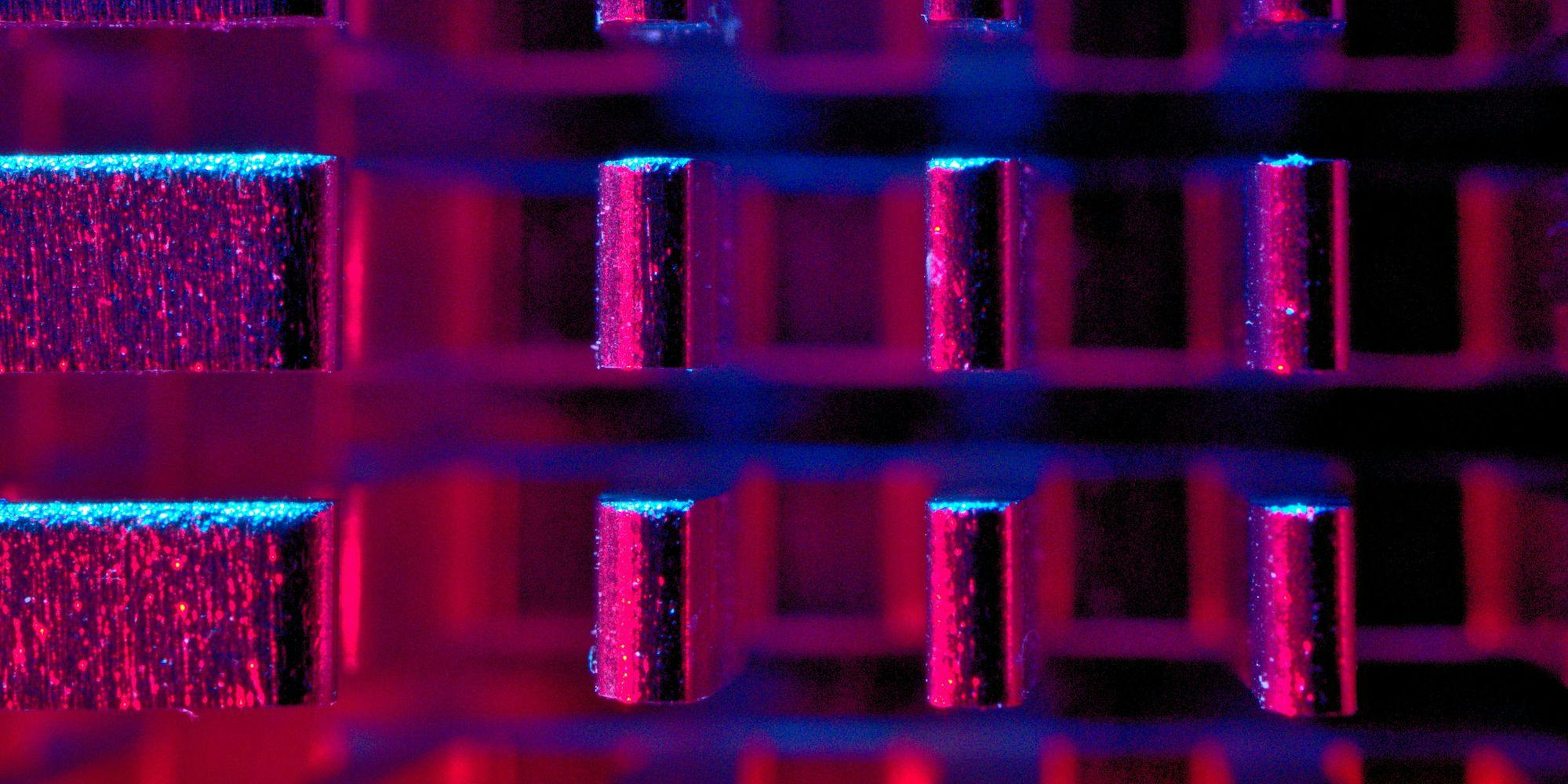The Joy of Wrapping Your Code in a FaaS Container



An OpenFaaS Story
Modern developers face an increasing number of challenges as their codebases grow in complexity, and their teams evolve to cater to global demands. One of these challenges is infrastructure management. Traditionally, this task has been outsourced to cloud providers, who offer a range of services to maintain, scale, and monitor applications.
However, relying on cloud providers is not without its disadvantages. You may be locked into a vendor's ecosystem, face unexpected costs, or have to navigate complex proprietary services. These challenges have led some developers to explore alternatives, such as Function-as-a-Service (FaaS) platforms. These offer the benefits of serverless architectures without the drawbacks associated with being tied to a specific cloud provider.
In this post, we'll explore the transition from a cloud provider to a FaaS solution, specifically focusing on OpenFaaS. We'll see how it can wrap our code in containers, delivering joy and convenience without the cloud vendor lock-in.
What is OpenFaaS?
OpenFaaS is a FaaS platform that makes it easy to deploy serverless functions and microservices. It is cloud-agnostic, working across various platforms, including AWS, Google Cloud, Azure, and even your own hardware. It uses containers as the deployment unit, providing a universal and familiar format that makes your applications portable.
The Shift to OpenFaaS
If you've been working with a cloud provider's FaaS solution, transitioning to OpenFaaS involves wrapping your code in a container rather than deploying it as a cloud function. This transition has numerous benefits:
1. Flexibility and Control: Containers offer a standard, portable solution that can run anywhere. With OpenFaaS, you can run your applications on any system that supports containers, whether it's a major cloud provider or a single Raspberry Pi.
2. Simplicity: OpenFaaS reduces the overhead associated with managing serverless applications. You don't need to learn and manage multiple cloud services. If you can write a Dockerfile and define a function handler, you can use OpenFaaS.
3. Open Source and Community-Driven: OpenFaaS is open source, meaning you can contribute to its development and improvement. It also has a strong, supportive community that offers help, shares ideas, and develops integrations.
Wrapping Your Code in a Container
At its core, OpenFaaS simplifies the deployment process by letting you focus on writing code, while it handles the rest. All your code—regardless of the language or framework—can be wrapped in a container. This process involves defining a function handler and a Dockerfile for your application.
The function handler is where your business logic lives. It's just a file that exports a function, and this function gets executed whenever your OpenFaaS function is invoked.
The Dockerfile specifies how to build the container that will run your function. It includes instructions for what base image to use, what dependencies to install, and what command to run when the container starts. OpenFaaS provides several templates to get started, but you can also create your own.
After writing your handler and Dockerfile, you can use the `faas-cli` tool to build, push, and deploy your function. You can manage all of your functions using the OpenFaaS UI or CLI, making it easy to scale, monitor, and update your applications.
Final Thoughts
In the journey of software development, moving away from reliance on specific cloud providers and embracing the flexibility of solutions like OpenFaaS can be a liberating experience. It not only offers a standardized and straightforward deployment process but also brings you back to the joy of what coding should be about: focusing on writing great code, not managing infrastructure.

